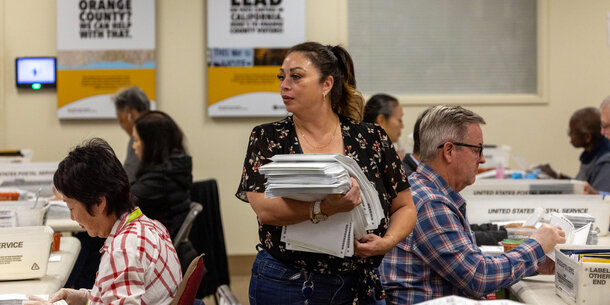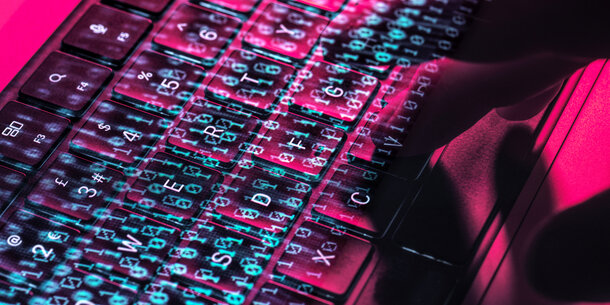In some states, election deniers motivated by false claims of widespread fraud in the 2020 election are engaging in their own, deeply flawed investigations to substantiate myths of widespread voter fraud. They have organized to engage in practices like amateur data matching with voter rolls, door-to-door canvassing to compare residents’ statements with voter records, and surveillance of mail ballot drop boxes. These error-ridden practices can disenfranchise eligible voters and strain election official resources.
Driven by well-funded organizations like the Conservative Partnership Institute, new networks have spun once-fringe grassroots groups into an interconnected web awash in misinformation. They burden election workers who must respond to the conspiracy-laden claims that result, and they risk intimidating voters and propelling mass challenges that could disenfranchise rightful voters.
These groups’ efforts might also produce material that they can use to concoct false claims to challenge the 2022 election results and further undermine confidence in American elections. Similar attempts have existed in recent election cycles, but this year’s efforts follow a two-year disinformation campaign to cast doubt on President Biden’s victory. The groups seek to exploit members of the public who have been falsely told the 2020 election was “stolen” and that these types of efforts can prevent it from happening again. The methods used by the groups behind these initiatives have reached worrisome levels of coordination and commonality in 2022.
This resource aims to preempt any effort to use deceptive, dangerous, and deeply flawed methods to challenge election results or cast doubt on the security of American elections after November 8. And it proposes ways to curb the risks that these practices pose to election administration.





